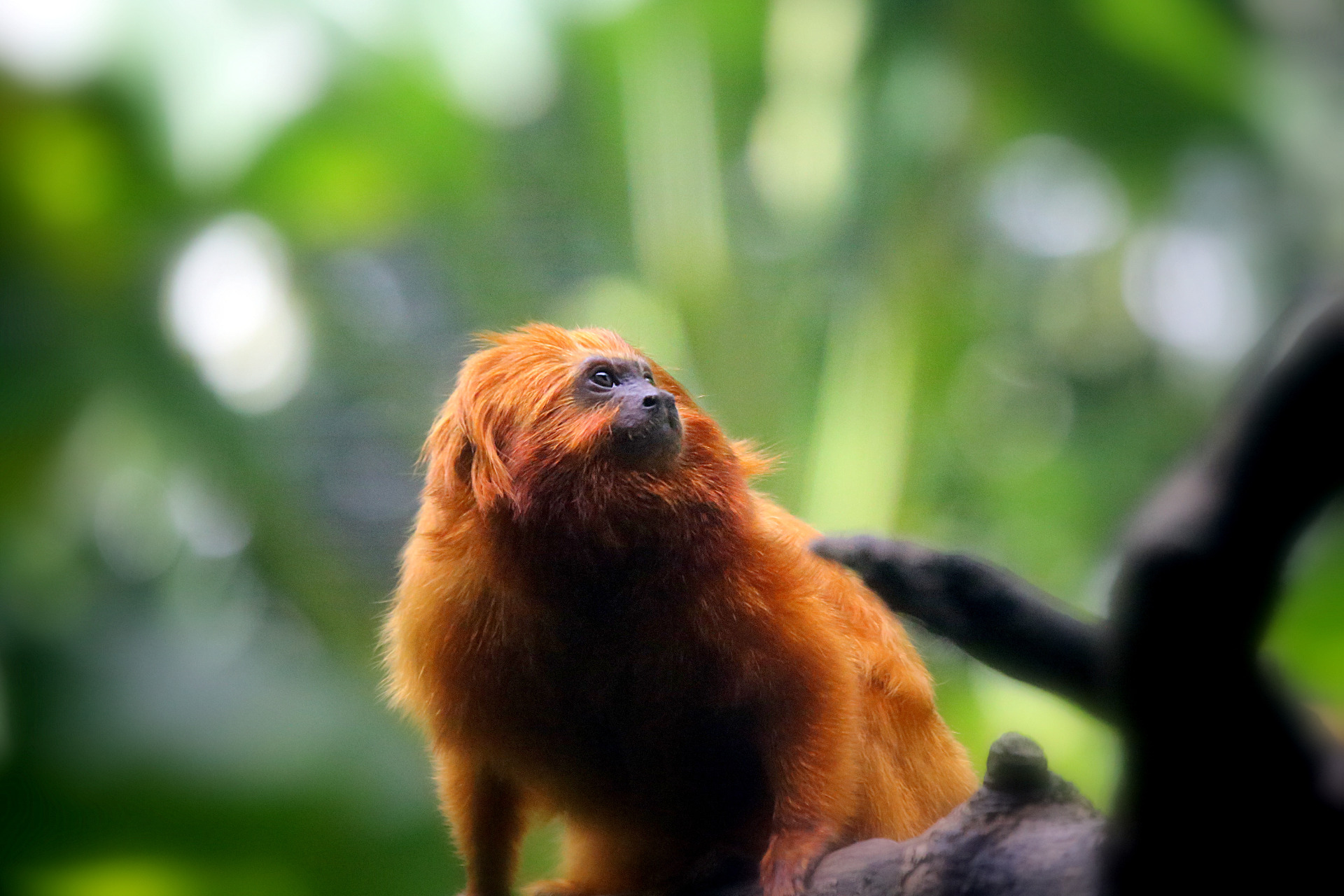Teaching Economics to Monkeys Produced Prostitution.
Harvard researchers left feeling uncomfortable after teaching economics to Capuchin monkeys.
When thinking about economics, most of us will picture complicated graphs or the chaos of buying and selling stocks on the Wall Street market. Whilst this may be far from the African savannah or the Amazon rainforest, scientists remain interested in the principles behind this idea. One such area of research is behavioural economics; the study of incentives and how individuals respond to them. Wealth is the most obvious type of incentive which, behaviourally, can be thought of as understanding that currency of a certain value can be exchanged for something else. When individuals save a large amount of this currency, they demonstrate that they recognise how it can be traded for larger rewards; that more cumulative wealth equals a greater payoff.
The ability to comprehend currency and its potential may sound like it should be uniquely human, and as Keith Chen of Harvard University put it: "Nobody ever saw a dog make a fair and deliberate exchange of one bone for another with another dog." However, scientists are constantly investigating this in various animal species, focusing here on primates.
Chen's colleague, Psychologist Marc Hauser, had previously conducted a fascinating experiment with tamarins. Two monkeys faced one another from separate cages, each with a lever that would release a marshmallow into the others cage when pulled. When the tamarins pulled the lever, on average 40% of the time, it can be considered as "an act of altruism, or at least of strategic cooperation". The researchers then conditioned one monkey to be a pushover and to always pull the lever, whilst another was taught to never pull it - encouraging selfishness.

When both tamarins were reintroduced to the group, other monkeys initially pulled the pushovers lever 50% of the time; however, this cooperation did not last with the rate dropping to 30% once their reputation had been established. Interestingly when the reputation of the selfish monkey was recognised, the group would be sent into an angry "faeces-throwing" frenzy whenever she was brought into the main enclosure.
That experiment would pave the way for a similar investigation by Chen on capuchins. This new-world monkey has a very small brain, and so is primarily focused on food and sex. Over several months, Chen taught the capuchins that silver discs had a value that could be exchanged for food, and that the values were consistent from one day to another. After considerable patience and effort on the part of the scientists, the capuchins began to develop their own preferences for food. They also demonstrated that they knew that food prices all varied budgeting i.e. that grapes were worth more discs than Jell-O cubes. The scientists suggest that when monkeys spent more 'money' on a more expensive item, instead of buying the largest quantity of food, that this is a basic form of budgeting.

This was
the main part of the study, comparing the behaviours of the capuchins
to those of humans. Surprisingly quickly, the monkeys picked up on the
idea of changing stock prices when the researchers dropped the value of
various food items and increased others. Then came the gambling
condition. Individuals were presented with two options: to win a second
food item or to keep an existing one (these are framed as a potential
win or a potential loss in the gambling context). What is fascinating is
that the capuchins preferred to gamble on the potential win, to such a
degree that Chen described the data to be "statistically
indistinguishable from most stock-market investors".
There were even incidents involving theft, culminating in a possible bank heist. On several occasions, a monkey would procure an extra disc during the night, however; this was outclassed by one 'cheeky monkey' who grabbed the scientist's tray of discs and flung its contents into the main enclosure - subsequently causing hysteria in the Harvard lab.
Yet it was at the very end of the experiment that an unforeseen behaviour surfaced in the group. Chen recounts that out of the corner of his eye he spotted something quite unfortunate. A female capuchin engaging in intercourse, before receiving a disc from the male, and attempting to buy a grape with said disc...The first monkey 'hooker' it seems.

Whilst
this may be a humorous observation for anyone interested in behaviour,
human or animal, it does pose a series of philosophical questions about
the very nature of society. As soon as currency and wealth became an
established system for the capuchins, it was only a short amount of time
before individuals realised that they could exchange 'favours' between
each other. As you can imagine, this situation was uncomfortable for the
researchers as many could see this as extremely unethical research.
Whilst some may view this as one of those situations where scientists inadvertently over-stepped the line, it is without doubt that this is a fascinating insight into behavioural economics and its social influence. Whilst currency and wealth may be a solely human trait naturally, the ability to grasp such concepts and then adapt them in similar ways to us further demonstrates the intelligence of primates. As well as, ironically, how natural of a behaviour prostitution is.
Author: Thomas Llewellyn
Reference:
Chen, M.K., Lakshminarayanan, V. and Santos, L.R., 2006. How basic are
behavioral biases? Evidence from capuchin monkey trading behavior. Journal of Political Economy, 114(3), pp.517-537.
Whether part of invention or innovation, many engineers have found inspiration in nature simply because many of mother nature's designs have evolved to be far more efficient than any man-made creation. The concept of biomimicry, the production of models based on biological entities, has given us more efficient wind turbines from the fins of whales,...




